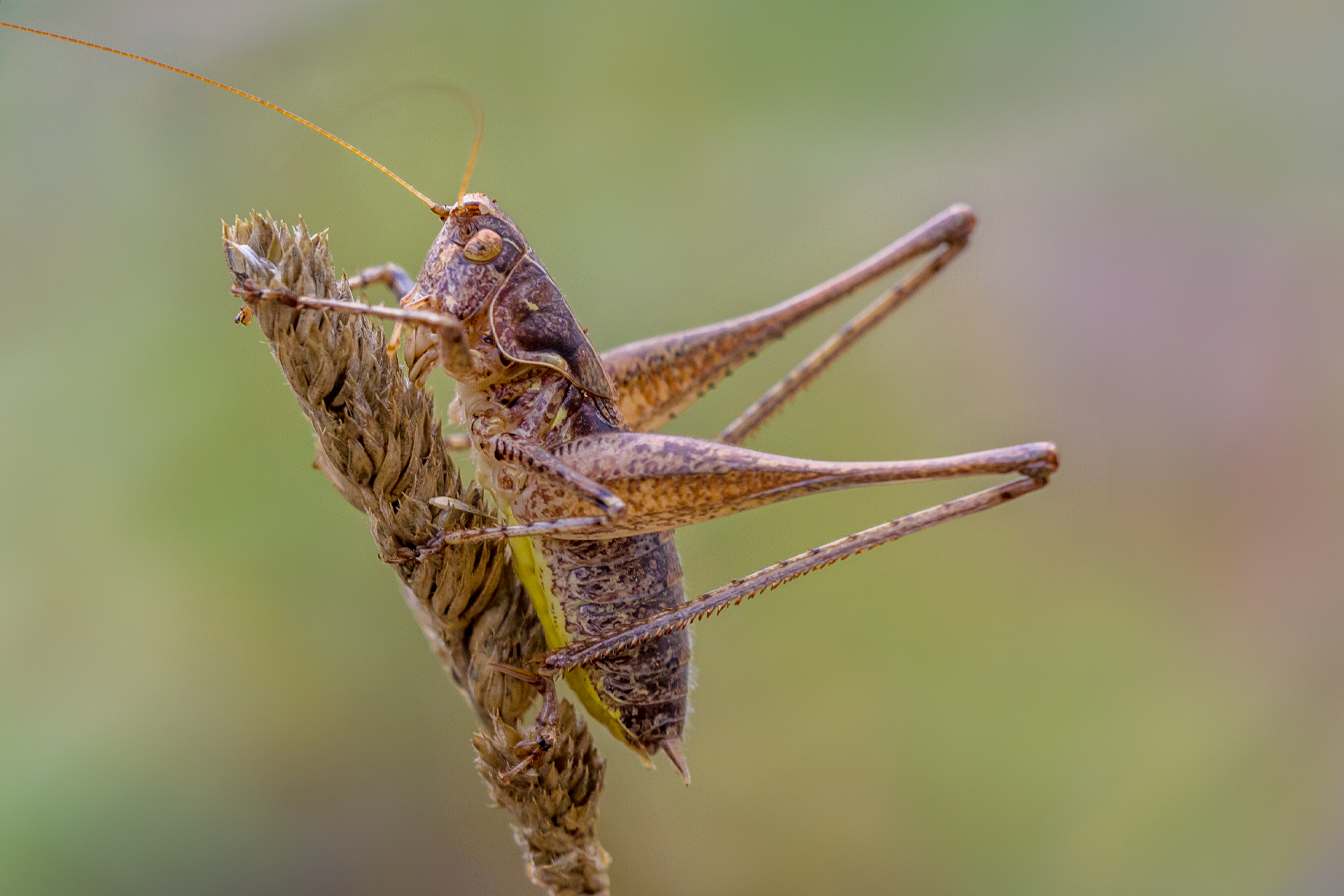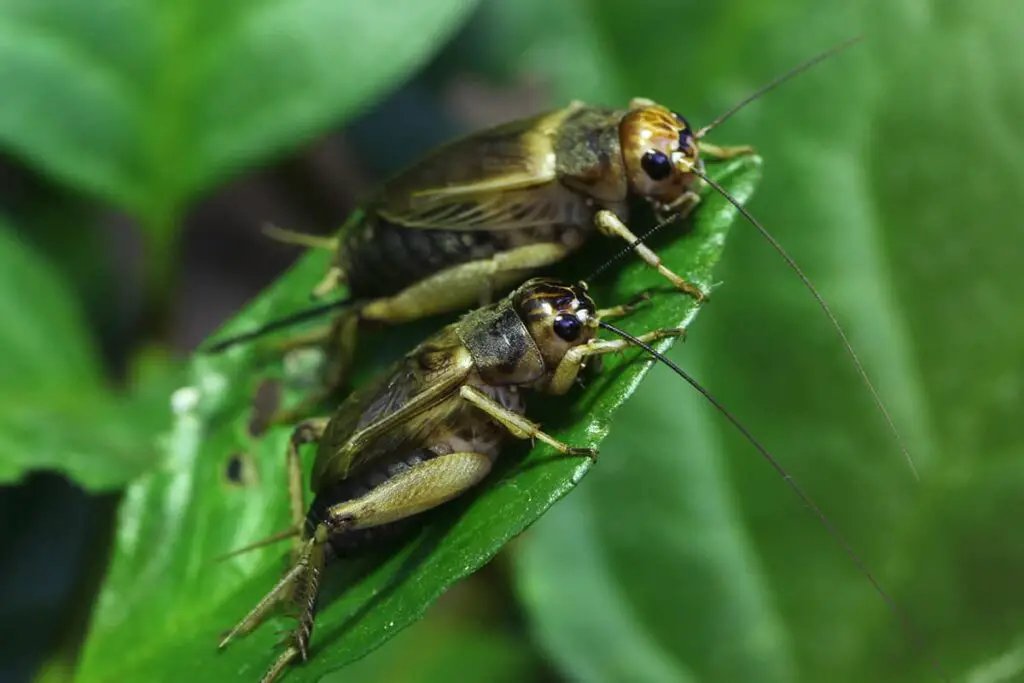
Creating a natural cricket habitat offers a unique opportunity for you to contribute positively to your environment while indulging in a fulfilling hobby. By designing a space that mimics the conditions crickets thrive in, you not only provide these chirping insects with a haven but also support ecological balance. It’s an excellent educational endeavor that allows you, your family, and the community to observe and learn about crickets and their role in nature.
When you choose to establish a natural cricket habitat, you’re making a sustainable choice that benefits both your local ecosystem and any predators that rely on crickets as a food source, such as reptiles and birds. Your efforts in providing a suitable environment can facilitate the natural behaviors of crickets, from foraging to breeding, which in turn helps to sustain their populations in a controlled manner.
Moreover, you’ll find that a cricket habitat can be a low-maintenance project that brings more life to your garden or space. It serves as a natural pest control agent by attracting crickets that feed on plant detritus and other insects. As a bonus, should you be an enthusiast keeping reptiles or amphibians as pets, home-raised crickets can be a healthy and cost-effective food source for your animals, ensuring they receive the nutritious diet they need.
Understanding Natural Cricket Habitats
Creating a thriving cricket habitat in your own space contributes to the biodiversity around you and supports the delicate balance of your local ecosystem. Here’s what you need to know when considering the environment for these chirping insects.
Essentials of Cricket Ecology
To foster a natural cricket habitat, you need to emulate their preferred living conditions. Typically, crickets thrive in warm and humid places with ample food sources. Your habitat should include:
- Vegetation: Plants not only provide shelter but also offer leaves and stems that crickets can consume.
- Soil: Crickets require loose soil for burrowing and laying eggs.
- Water Source: A shallow water dish or damp sponge can serve as a reliable hydration point.
For more detailed guidelines on materials and setup, The Critter Depot provides a comprehensive run-through.
Role of Crickets in Ecosystems
Crickets are more than just background music on summer nights; they are vital players in garden ecosystems. Here’s why you should consider nurturing their population:
- Pest Control: By feeding on larvae and other insects, crickets can help control pests naturally.
- Decomposition: They aid in breaking down plant material, facilitating nutrient cycling and soil health.
Crickets’ positive impact on your garden’s health is further discussed in the article by Insect Exploration, which highlights their eco-benefits.
Setting Up a Cricket Habitat
Creating a natural cricket habitat is beneficial for your chirpy friends and can be a fun project for you. By selecting the ideal location and gathering specific materials, you’ll provide a safe and thriving environment for crickets.
Choosing the Right Location
When selecting a spot for your cricket habitat, consider a quiet area with minimal disturbance. Your crickets will need a space that’s warm, as they thrive in temperatures between 75-90°F. Ensure the location is free from drafts and direct sunlight, which can cause harmful temperature fluctuations for your cricket friends. A stable environment is key for their development and comfort.
Materials and Structures Needed
To construct a suitable cricket habitat, you’ll need the following:
Containers or Tanks: Large, secure containers with smooth sides will prevent escapes. If breeding, use two separate containers.
Bedding Material: Use a substrate like peat moss or vermiculite for the bottom of the container to mimic their natural environment and facilitate egg laying.
Shelter: Provide cardboard tubes, egg cartons, or small hiding places where crickets can retreat and feel secure.
Food and Water: Offer a balanced diet of fruits, vegetables, and grains along with a shallow water source. Gut loading your crickets with nutritious food will also benefit any pets that feed on them.
Climbing Structures: Adding sticks or mesh can encourage natural behaviors and exercise.
Remember, proper maintenance is critical for the habitat’s success. Regular cleaning and food replacement will keep your crickets happy and healthy.
Benefits of a Natural Cricket Habitat
Creating a natural cricket habitat in your space has a set of specific advantages that positively affect the environment, enrich education, and benefit your garden.
Environmental Advantages
- Reduced Pesticide Use: By encouraging crickets in your garden, you naturally control pest populations. Crickets are proven in their role to keep insect populations in check, leading to less reliance on chemical pest controls.
- Biodiversity: Your cricket habitat contributes to greater biodiversity, supporting a range of other species in a balanced ecosystem.
Educational Opportunities
- Hands-on Learning: Observing crickets in their natural habitat provides a practical educational experience on insect life cycles and ecology.
- Inspiring Interest in Entomology: By interacting with a captive cricket habitat, interest in insects and their environmental roles is often sparked, especially in young learners.
Advantages for Gardening
- Natural Pest Control: Crickets feed on small insects, larvae, and plant matter, reducing the need for chemical interventions in your garden.
- Soil Aeration: Crickets burrowing behavior helps to aerate the soil, improving water infiltration and root growth for plants.
Frequently Asked Questions
In this section, you’ll find answers to common queries regarding the role of crickets in various environments and how their presence can be beneficial.
Why are crickets considered beneficial for gardens?
Crickets play a crucial role in the garden by breaking down plant material, which assists in soil enrichment and the recycling of nutrients.
How can crickets contribute to a healthy ecosystem?
By acting as both prey and predator, crickets help maintain a balanced food chain and aid in controlling the populations of other insects.
What are the advantages of having crickets in urban and indoor settings?
Crickets can serve as a natural form of pest control by eating smaller insects and provide a sense of nature’s presence in urban environments.
How do crickets support the sustainability of other local wildlife?
They are a vital food source for various animals, such as birds and small mammals, thereby supporting local biodiversity.
In what ways can setting up a cricket habitat promote environmental health?
Creating a cricket habitat boosts local ecosystems and contributes to plant pollination and soil aeration.
What are the reasons behind incorporating crickets into permaculture practices?
Crickets enrich the soil and help in composting, aligning well with the core principles of permaculture which emphasize sustainable and self-sufficient agricultural ecosystems.
Driven by a passion for those tiny creatures that rule our world, we at Bug Domain strive to be your go-to resource for information on insects.




